
This optical illusion may help identify autistic traits in seconds
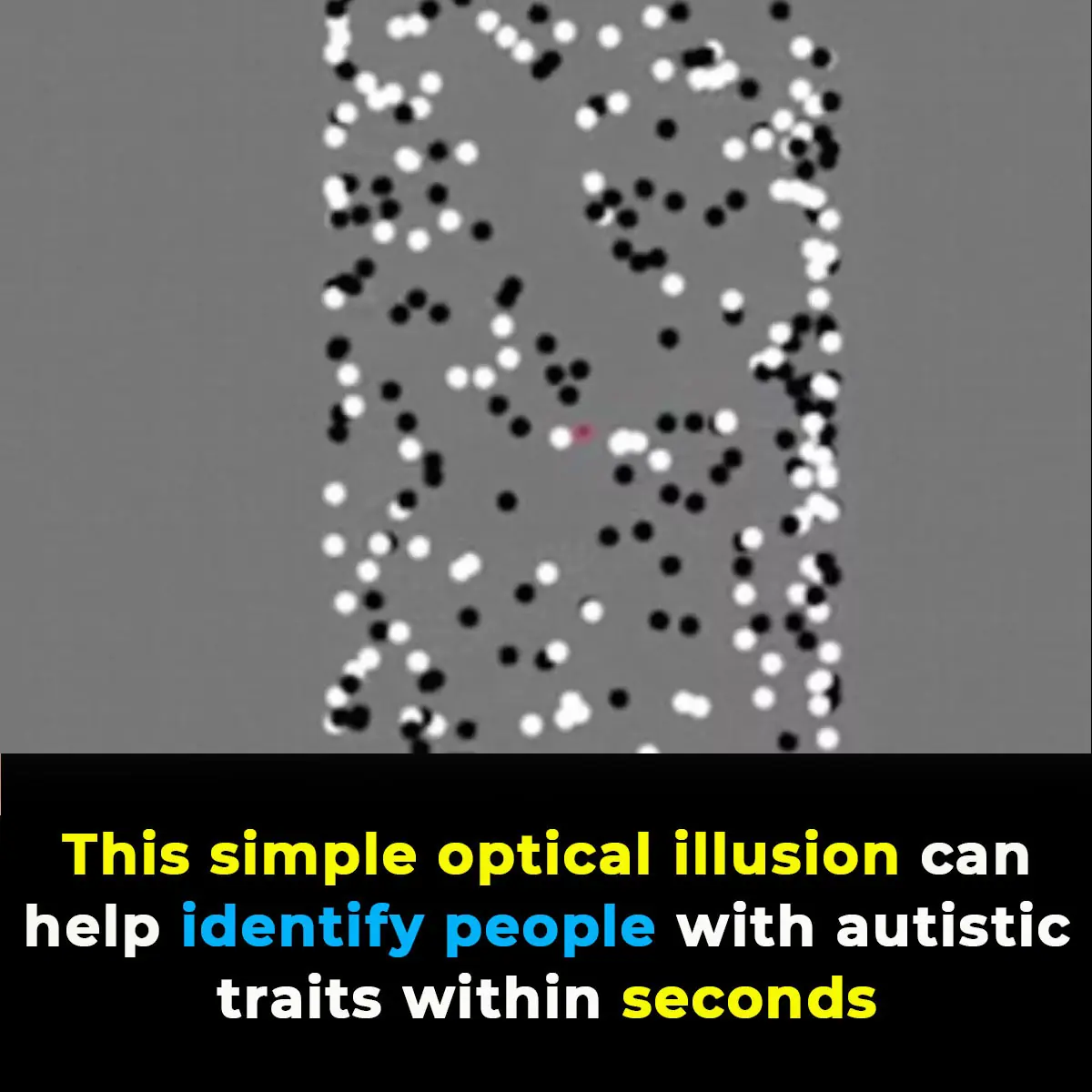
In recent years, researchers have been delving into various methods to improve the understanding and detection of Autism Spectrum Disorder (ASD). One innovative approach involves a new optical illusion that could offer valuable insights into the cognitive differences linked to ASD. By studying how individuals perceive the movement of black and white dots, scientists aim to explore the detail-oriented thinking often associated with those on the autism spectrum.
Understanding Autism Spectrum Disorder (ASD)
ASD is a neurodevelopmental condition characterized by challenges in social communication and interaction, along with repetitive behaviors, interests, or activities. Common symptoms include difficulty with social interactions, a preference for restricted interests, repetitive actions, sensory sensitivities, and challenges with communication and language.
The signs of ASD typically manifest during the first two years of life, although some individuals may not be diagnosed until later. According to the Centers for Disease Control and Prevention (CDC), approximately 1 in 36 children in the U.S. were diagnosed with ASD in 2020. While many traits are associated with autism, exhibiting some of them doesn’t necessarily indicate the presence of the disorder. Recognizing these traits early can help lead to earlier diagnoses, which in turn can improve treatment outcomes.
The Role of Attention to Detail
A key characteristic in individuals with ASD is their heightened attention to detail, often focusing on specific elements rather than grasping the overall context. This cognitive style is commonly associated with a preference for routine, specialized interests, and heightened sensory awareness. Understanding this aspect in more depth can provide valuable insights into the mechanisms underlying ASD.
The Optical Illusion and Its Insights
The optical illusion being studied involves black and white dots, which can either be perceived as two separate sheets moving in different directions or as a column that appears to spin. This visual test helps researchers observe variations in how individuals with and without ASD process information.
If you see the dots as two sheets moving independently, it indicates a focus on individual shades, viewing each part as distinct elements—this is a detail-oriented perspective. On the other hand, if you interpret the illusion as a spinning column, you are seeing the larger picture, recognizing the illusion as a single system. In this case, one shade (typically white) appears to move across the column’s surface, flipping at the edge and changing to the other shade (black) on the inner side. People with ASD-related traits are more likely to focus on the separate sheets, but it’s important to note that simply seeing it this way does not automatically indicate ASD.
The Study
Researchers conducted a study with 50 adults who had no ASD diagnosis. Rather than asking the participants what they saw, the researchers monitored their eye movements. If they were focused on the two layers as separate details, their pupils would flicker as they adjusted to the two different shades of light. The participants were then asked to fill out a questionnaire designed to assess other autism-related traits.
Findings and Their Significance
As anticipated, the group that tended to focus more on the details, seeing the illusion as two separate sheets, also scored higher on other autism-related traits. However, it’s important to emphasize that this is not a diagnostic tool, and diagnosing participants was not the objective of the research. The primary aim was to understand how a brain affected by ASD processes visual information and to correlate this with other indicators to potentially help predict ASD.
These findings suggest that the detail-oriented nature of individuals with ASD extends to how they process visual information. The optical illusion offers a unique glimpse into the cognitive differences associated with ASD. This research could eventually contribute to the development of new diagnostic tools and interventions.
Conclusion
The use of optical illusions to explore visual perception has provided a compelling look at the cognitive processes linked to Autism Spectrum Disorder. By shedding light on the attention to detail trait, researchers are moving closer to understanding the complexities of the disorder. Continued investigation in this field could lead to improved diagnostic methods and more targeted interventions, ultimately benefiting those on the autism spectrum.
News in the same category


14 Powerful Benefits of Walking That Completely Change Your Body and Mind

These 5 Foods Are Fueling Cancer in Your Body. Number 1 Will Surprise You
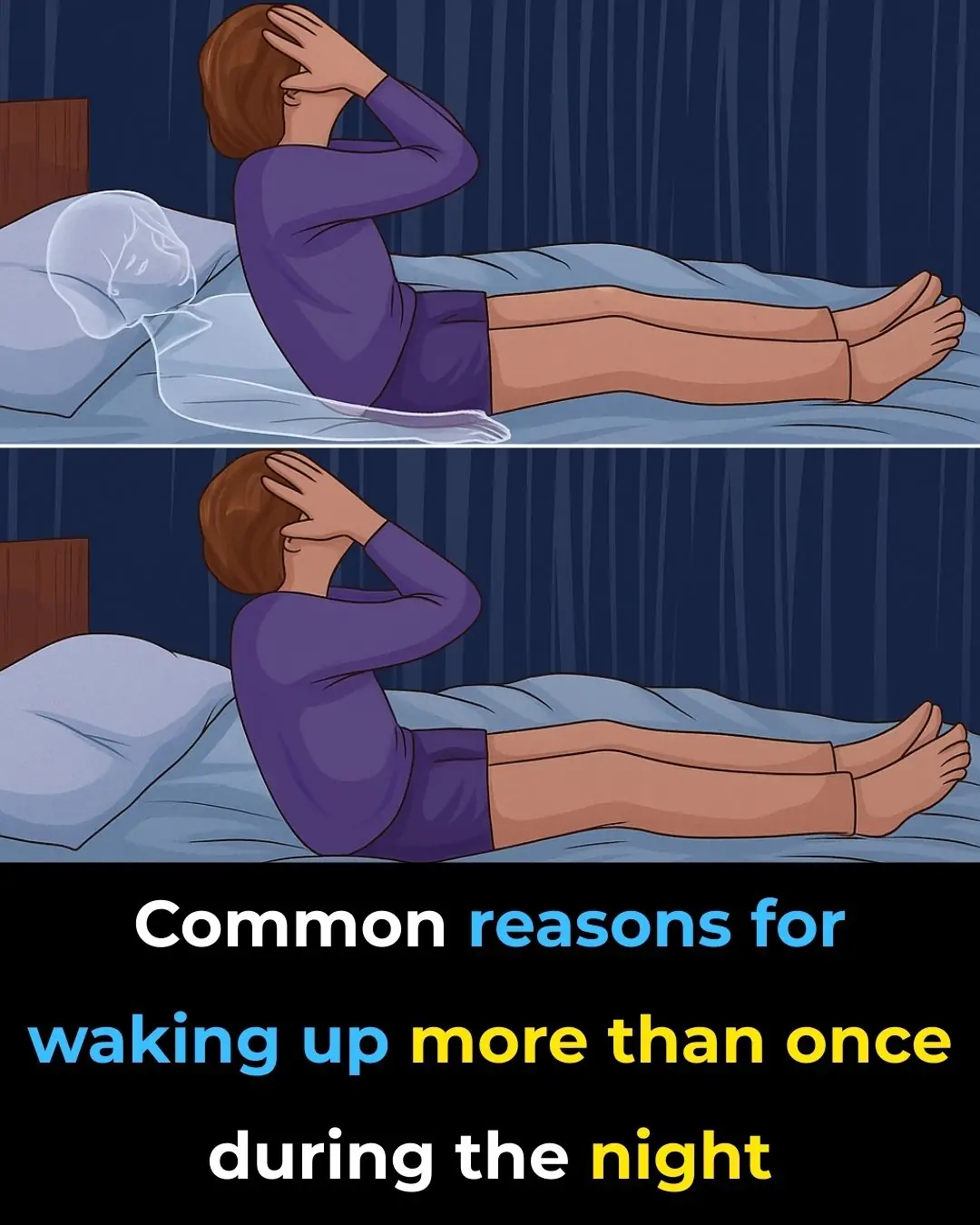
8 Common Reasons For Waking Up at Night

Early Signs of Kidney Disease and How to Protect Your Kidneys (Evidence-Based)
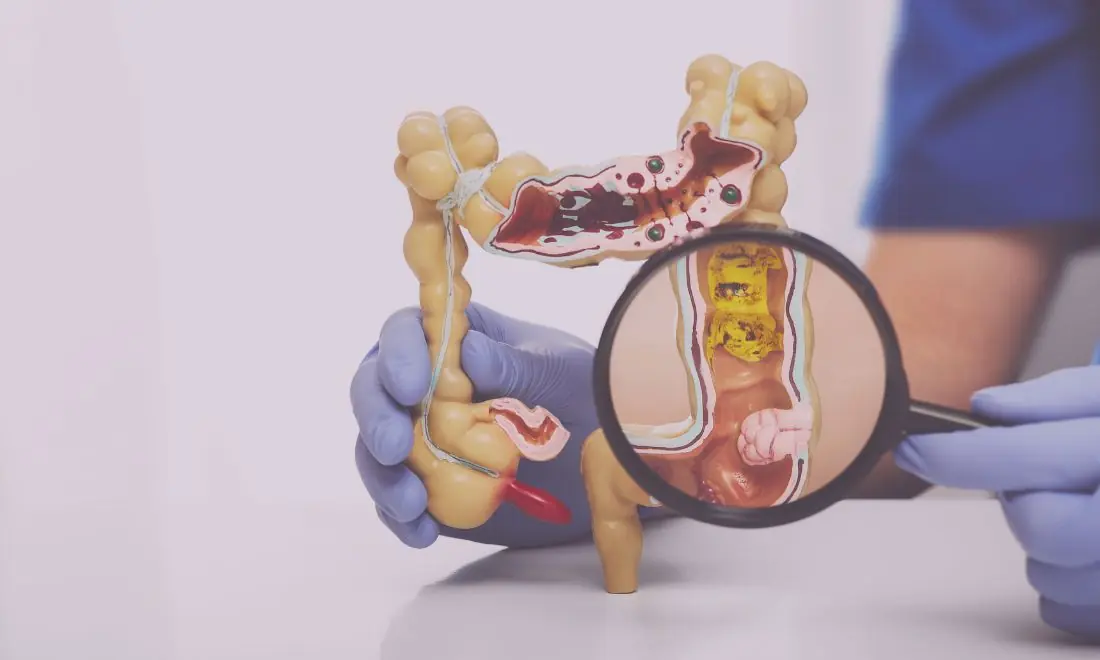
Colon Cleansing with Kefir and Flaxseed: A Natural Approach

Here’s What Really Happens To Your Body If You Drink Diet Soda
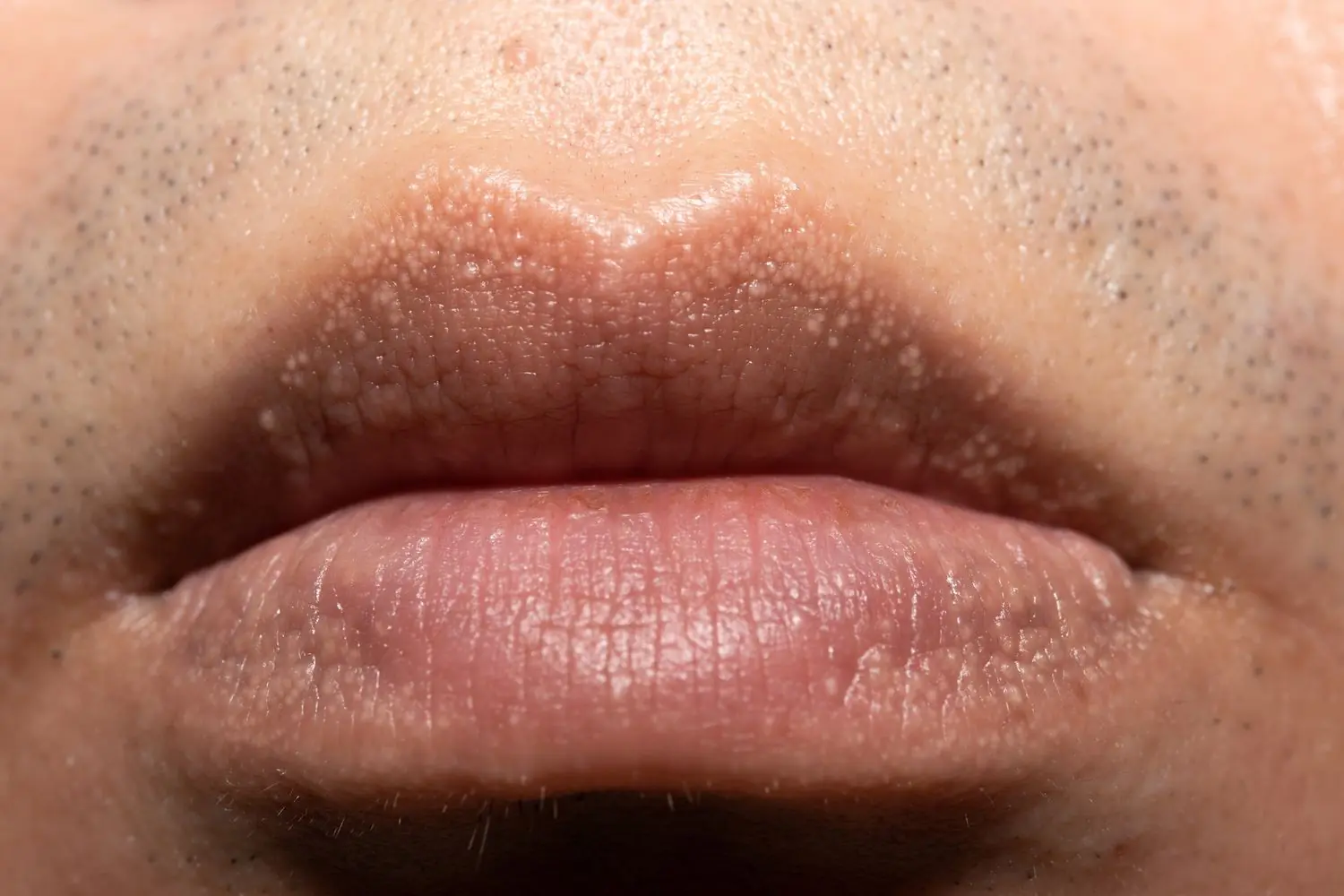
White Bumps on Lips: Causes and Effective Treatments

Eating More Cruciferous Vegetables May Cut Colon Cancer Risk

Experimental Med Tied to Slowed Alzheimer’s Biomarker Progression

The Healing Power of Raw Onion

Chicken Gizzards: 3 Surprising Benefits You Might Be Missing

Jell-O is More Than a Dessert – It’s Good for Your Health Too
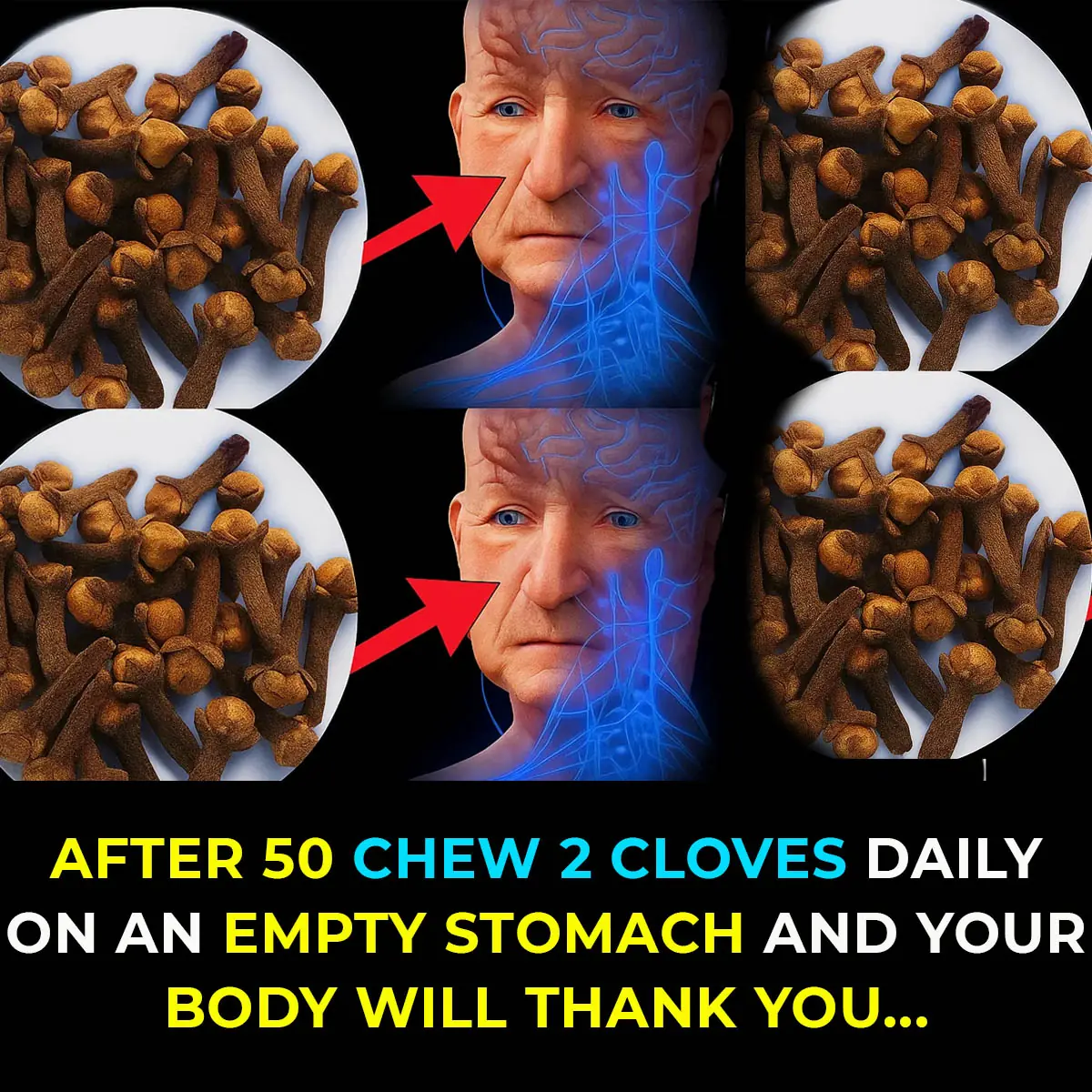
Cloves: 10 Health Benefits of Eating 2 Daily

6 Health Benefits of Eating One Cup of Pineapple Every Day

Japanese scientists delete chromosome that causes down syndrome

10 W@rning Signs It’s Time to Cut Back on Caffeine

Health Benefits of Baby Bella Mushrooms
News Post

Rob Gronkowski forgot he invested $69,000 in Apple and ten years later the value has completely changed his net-worth

Scientists discover that powerful side effect of Ozempic could actually reverse aging

5 Common Habits That Are Slowly Destroying Your Knees Right Now

14 Powerful Benefits of Walking That Completely Change Your Body and Mind

These 5 Foods Are Fueling Cancer in Your Body. Number 1 Will Surprise You

8 Common Reasons For Waking Up at Night

Beware of the Plastic Bottle Scam: A New Car Theft Tactic

Scientists warn ancient Easter Island statues could vanish in a matter of years

NASA astronaut describes exactly what space smells like and it's not what you'd expect

Don’t Clean the Fridge with Plain Water—Mix This In and It’ll Be Spotless and Odor-Free

Put a Handful of Pepper Under the Bed and Something Unexpected Happens—Something Bed Sellers Never Tell You

Rice Left in the Rice Cooker Overnight—Can You Still Eat It? The Answer May Surprise You

Oil Keeps Splattering When You Fry? Add This One Ingredient to the Pan—No More Splashes or Sticking

Clogged Kitchen Sink Drain? Don’t Rush to Call a Plumber—Try This to Clear It and Eliminate Odors

Washing Machine Loud and Shaking During Spin? Don’t Rush to Call a Technician—Do This and It’ll Run Smoothly

Should You Seal the Room When Running the Air Conditioner? Five Errors That Can Double or Triple Your Power Usage

Using an Electric Kettle: 9 Out of 10 Homes Make This Common Mistake – It’s Worth Reminding Family to Correct It Early

Early Signs of Kidney Disease and How to Protect Your Kidneys (Evidence-Based)

Colon Cleansing with Kefir and Flaxseed: A Natural Approach
